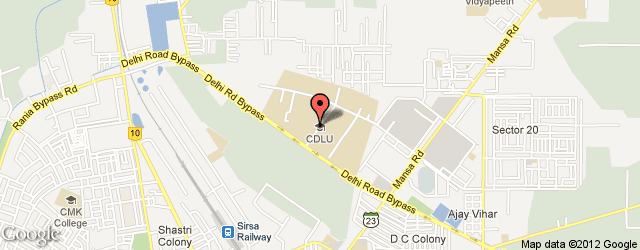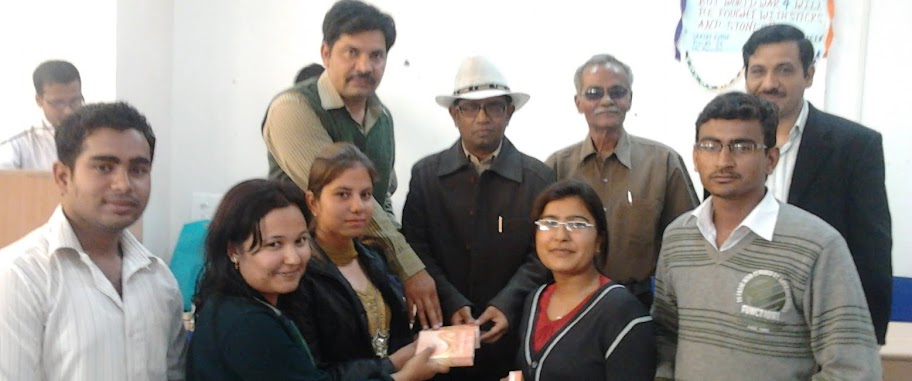Must Read full :- If we cant change system, atleast we should change ourself
SERVICE TAX At Restaurants - VERY IMPORTANT !!!
Interesting.
I find restaurant bills often so confusing,
I just give up and pay the amount shown n the bottom line
.
Perhaps we shouldn't.
Incidentally, I also resent the inclusion of Service Charges in
restaurant bills, because it assumes that I was satisfied with the
service. Just a matter of principle. Service Charge should be
something I leave behind at my personal discretion.
I recently demanded that the service charge be removed as the service
was non-existent. After a short - very short! - discussion, it was
removed. About Service Tax..... Be aware
This happened at the restaurant.
Let me explain.
We had been to several restaurants recently. I observed that "service
tax" was being misused in the way it was being charged to customers.
Let me give an example.
- - - - - - - - - - - - - - - - - - -
Food and Beverage = Rs. 1000.00
Service Charges @ 10% = Rs. 100.00
Service Tax @ 4.94% = Rs. 54.34 (on F&B + Service Charges)
VAT @14.5% = Rs. 145.00
Total = Rs. 1299.34
As per the definition - "Service Tax can be charged ONLY for the
services provided to the customer".
Now, see what is happening here in the above example.
Service Tax should be charged only on the Service Charge amount i.e
Rs.100 ONLY, and NOT on the entire amount (1000+100).
In this example, the customer should be charged only Rs 4.94, whereas
he has been charged Rs. 49.00 extra.
Where does this money go?
Only the restaurant owner and the chartered accountants who work for them know.
· So, I have started asking them the questions - and am
surprised to see the reaction from famous restaurants. Either they
say: "Sir we cannot change the format of the bill - so , we will
recalculate and tell you the revised amount. You may pay only that."
OR
· "Sir, you do not need to pay the Service Tax amount itself"!!
I now have 3 to 4 restaurant bills, but for which I have paid only the
service tax on the service charge and NOT on the total amount.
Every bill MUST carry the TIN number and Service Tax Number, if they
charge it. So . . . , I ask for the Service tax number if it is not
available in the receipt that they provide.
As we cannot go to any government official and ask them to get this
right - because of our system.
Please remember - we cannot change any political leader - but we can
change ourselves.
If we change ourselves - things will change.
Please do share this with every one of your friends and known people.
Ask for the right tax calculation
and
Pay only the tax which is supposed to be paid.
Verify every bill and receipt that you make payment on.
"Please share if you think its worth"













